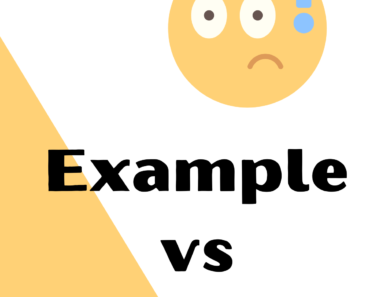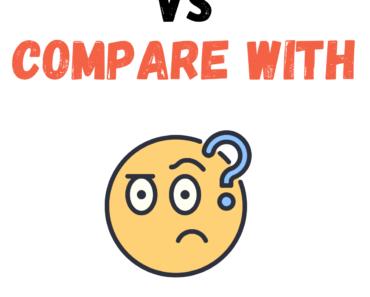“Beside” and “besides” are often confused due to their similar spellings, but they have distinct meanings.
- “Beside” generally means “next to” or “at the side of,” emphasizing physical proximity or comparison.
- On the other hand, “besides” serves as a preposition or adverb meaning “in addition to” or “apart from.”
While “beside” is more about location or comparison, “besides” introduces additional information or exceptions, offering a broader context to what’s being discussed.
Beside
Definition: “Beside” is a preposition that indicates physical proximity or comparison.
Usage and Examples:
- Physical Proximity: When describing something being adjacent to another.
- Example: “She sat beside her friend at the concert.”
- Comparison: To highlight how one thing stands relative to another.
- Example: “This book looks simple beside its complex sequel.”
Besides
Definition: “Besides” is used as both a preposition and an adverb to mean “in addition to” or “apart from.”
Usage and Examples:
- Preposition – In Addition to: Adding more items or information to a list.
- Example: “Besides mathematics, he also teaches physics.”
- Adverb – Moreover/Furthermore: Introducing an additional point or idea.
- Example: “The task was complicated, and besides, it was urgent.”
- Preposition – Apart From: Indicating exceptions or exclusivity.
- Example: “There’s no one here besides us.”







